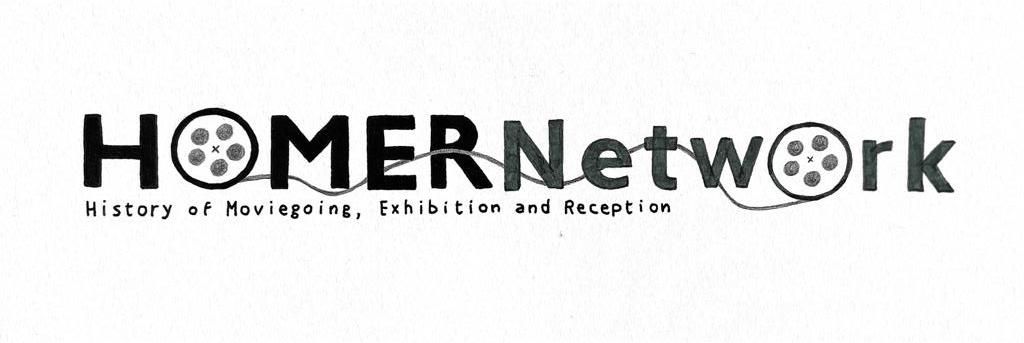When in 1896 viewers flocked to the cinematograph shows to marvel at the ‘latest wonder’: the ‘living photographs’, they sat down facing a white wall looking forward, without any doubt, to watch pictures made from light which soon would emerge on that wall. In 1896, the cinematograph was a novelty, but pictures projected on a screen was a practice well-known to everybody. Already from the 1850s onward, the screen had been established in the public sphere for audiences to view pictures. In Britain, apart from commercial entertainers and apart from institutions as the Royal Polytechnic, there were a number of welfare organisations which organised illustrated lantern lectures to promote their activities in mission and poor relief as the Sunday School Union, the Salvation Army, the Church Army, the Band of Hope etc. They developed ingenious distribution strategies to find their audiences. Their illustrated lantern shows proved very popular: They created multimedia shows with well-directed performances, appealing to the senses of the spectators. Lantern shows in British poor relief served perfectly to persuade their audiences of welfare purposes and enriched exhibition culture.

